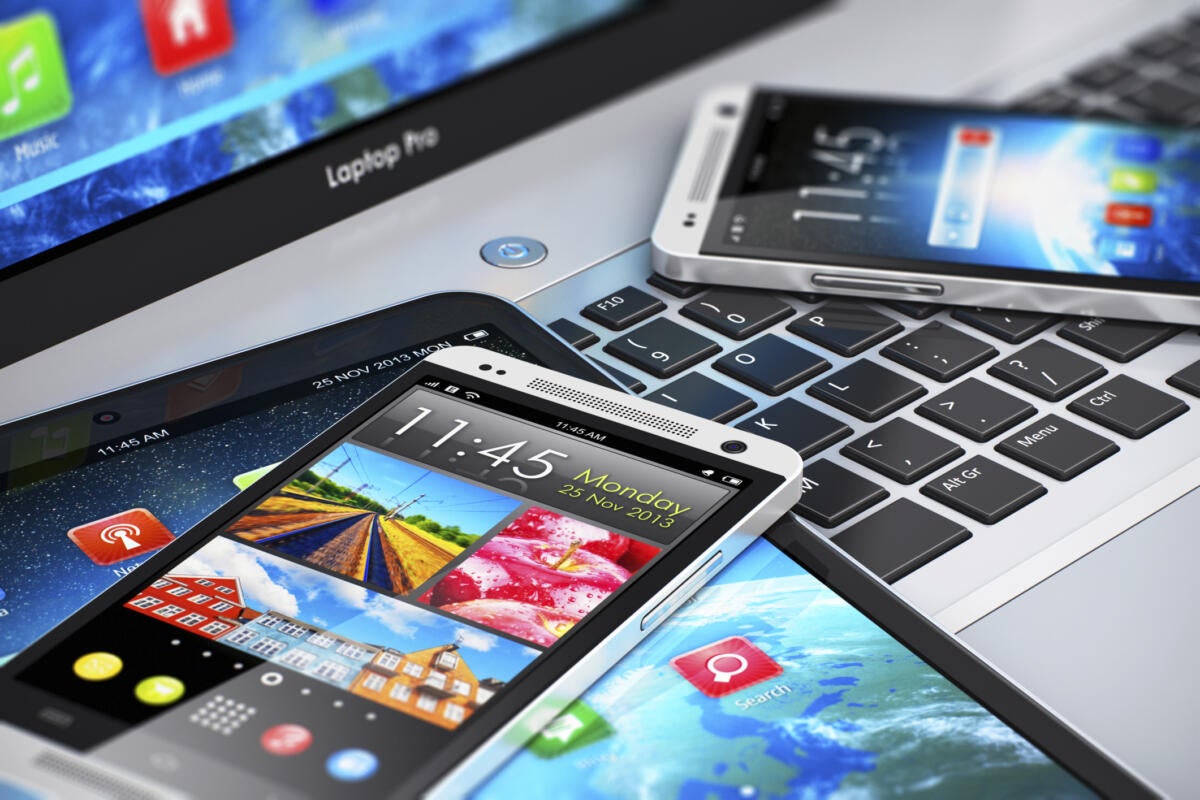
Who needs IoT? Smartphones are the new tracking devices
We’ve been told that in the not-too-distant future, IoT devices will quantify our entire world. Sensors will deliver data on every machine, so it can receive maintenance before it fails. Our vital signs will be monitored constantly for anomalies that suggest looming health problems. Already, insurance companies track customer driving habits through telematics to reduce (or increase) rates.
But in an increasing number of cases, dedicated IoT devices aren’t necessary to gather this data when the good old smartphone will suffice. Recently I interviewed Gary Hallgren, president of the Allstate spinoff Arity, who explained why dedicated telematics devices that plug into your vehicle’s onboard diagnostics port may no longer be necessary to collect the data he needs:
Telematics devices deliver precise information. Could an app on a phone come close to that? Although the company collects data from a mix of telematics devices and smartphones, Hallgren offers that “in some ways, you can actually get better data” from the latter.
It all depends on what you intend to measure. “The original notion of using a smartphone to replicate what a telematics device can do was flawed,” he says. “I have a different set of sensors on the phone than what I have inside of a device that I plug into my car. How do I use the best of what I get from the phone and create a different model?”
It all depends on what you intend to measure. “The original notion of using a smartphone to replicate what a telematics device can do was flawed,” he says. “I have a different set of sensors on the phone than what I have inside of a device that I plug into my car. How do I use the best of what I get from the phone and create a different model?”
Smartphones, notes Hallgren, have accelerometers, GPS capability, barometers, and other sensors. Bad behavior such as jamming on the brakes is easy to detect. “I know if you’re opening and closing your phone during the drive,” he says. “I know that you’ve actually picked your phone up and are looking at it versus having it on the backseat.” One of the toughest problems is to determine when one activity stops and another starts — or to identify when someone is actually in a car as opposed to riding public transportation. Arity’s machine learning experts are working toward making this sort of pattern recognition highly accurate.

